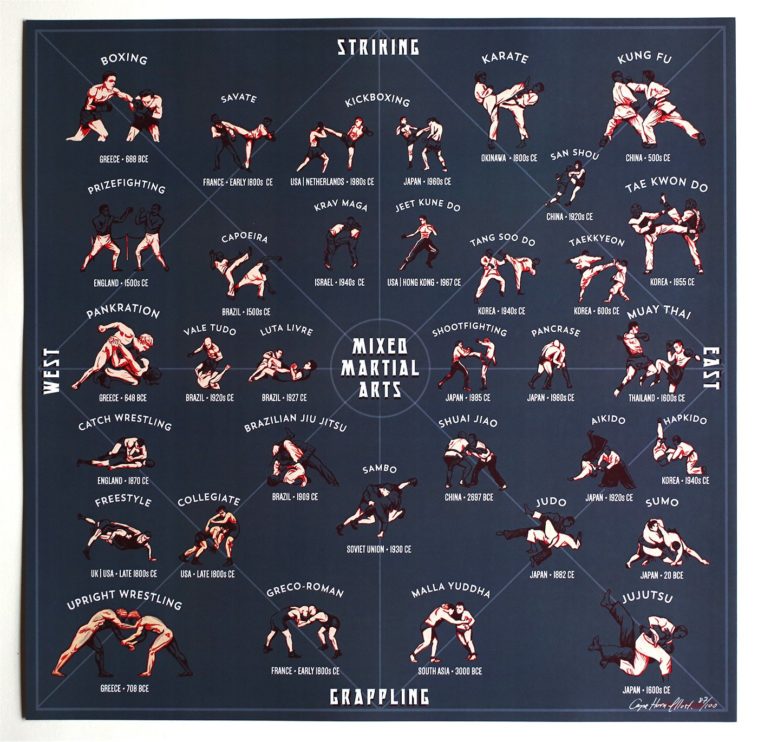Breaking Down Belt Levels In Taekwondo: What You Need To Know
Breaking Down Belt Levels In Taekwondo: What You Need To Know
Blog Article
god of martial arts -Richardson Duggan
Did you know that there are an overall of ten belt degrees in Taekwondo? From the novice's white belt to the prestigious black belt, each level stands for a turning point in your trip to mastery.
Yet what do these belt degrees actually mean? How do you proceed via them?
In this discussion, we will certainly break down the belt levels in Taekwondo, discover their relevance, and uncover what it requires to climb with the rankings.
So, if you're curious to understand the complexities of Taekwondo's belt system and what it suggests for your training, remain tuned.
The Purpose of Belt Degrees
The purpose of belt degrees in Taekwondo is to provide a clear and organized progression system for you to track your growth and skill degree. As you begin your Taekwondo journey, you begin with a white belt, symbolizing your newbie condition. With each belt promo, you get brand-new understanding, strategies, and duties.
The belt degrees work as turning points, reflecting your dedication, commitment, and development in the martial art. They supply a feeling of accomplishment and motivation to keep pressing yourself to improve. Furthermore, belt levels aid teachers and peers evaluate your capabilities and give appropriate advice and training.
Belt Color Styles and Their Significances
As you proceed via the belt levels in Taekwondo, each color stands for a specific definition and represents your growth in the martial art.
The white belt, which is the starting point for all beginners, signifies pureness and innocence.
As you proceed to the yellow belt, it signifies the earth from which a plant sprouts and settles.
The green belt stands for development and the growth of your abilities.
The blue belt represents the skies, where your potential as a Taekwondo professional is infinite.
The red belt represents threat and caution, advising you to utilize your skills properly.
Finally, martial arts movies represents proficiency and knowledge, indicating your trip in the direction of becoming a true Taekwondo master.
Each belt shade holds its very own one-of-a-kind meaning, reflecting your progression and dedication in this ancient fighting style.
Advancing Via the Belt Degrees
To progress through the belt levels in Taekwondo, you must continually demonstrate your skills and devotion. Below's what you require to find out about advancing in this fighting style:
1. ** Practice Makes Perfect **: Normal training sessions are necessary to improve your technique and master the required kinds. Rep develops your skills, enabling you to execute with precision and speed.
2. ** Pushing Your Limits **: Advancing through the belt degrees requires pushing on your own beyond your comfort zone. You'll be tested physically and psychologically, but it's through these challenges that you grow and enhance.
3. ** Checking Your Expertise **: Belt checks review your understanding of Taekwondo principles, consisting of sparring, self-defense, and damaging techniques. These tests ensure you have a thorough grasp of the art and prepare to advance to the next degree.
https://wjla.com/news/local/fairfax-education-kids-books-childrens-literature-focus-family-martial-arts-academy-three-ninja-pigs-jujitsu-karate-aikido-black-belt-library-reading-with-robert-washington-dc-virginia-maryland
As you embark on your journey with the belt degrees in Taekwondo, remember that each color holds a much deeper significance beyond its surface appearance.
https://selfdefensemanvswoman44201.qodsblog.com/32483578/trip-towards-earning-a-black-belt-navigating-via-the-levels-in-martial-arts-instruction to the vivid colors of the belts, your development stands for growth, discipline, and willpower.
As you advance, each belt comes to be a symbol of your dedication and mastery of the art.
Embrace the challenge, push your restrictions, and let the symbolism of your belt levels influence you to come to be the very best version of on your own both on and off the mat.
